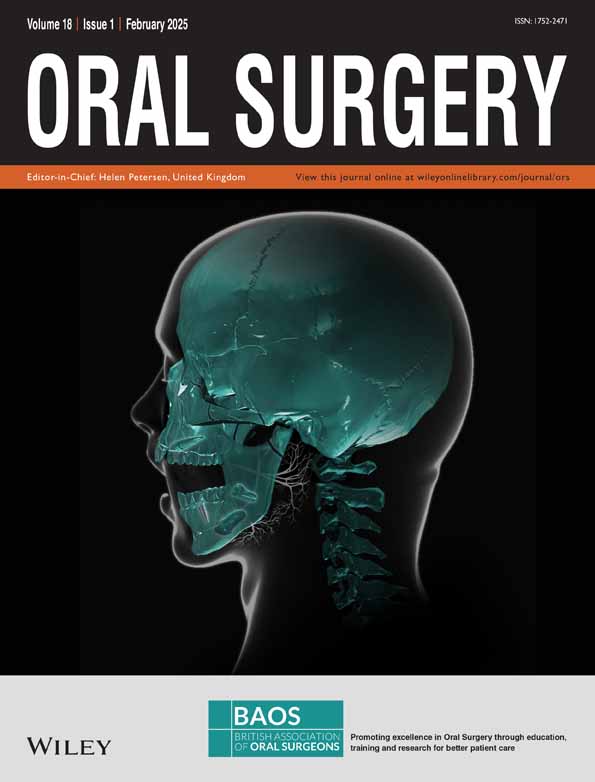Management of isolated favourable compound mandibular fractures: A retrospective study of outpatient versus inpatient in a tertiary health institution
This work attributed to: Department of Oral and Maxillofacial Surgery, University of Calabar Teaching Hospital Calabar, Nigeria.
Abstract
Background
Hospital admission is often a prerequisite for those who endure mandibular fractures, but disagreement arises among patients whose fractures are isolated and favourable.
Objectives
To determine the rate and types of complications between the two cohorts of patients categorized as outpatient and inpatient treatment groups, and also the effect of outpatient management after closed reduction and maxillomandibular fixation.
Materials and Methods
Clinical and demographic data were collected retrospectively about patients who were treated for isolated, favourable, compound mandibular fractures between 1998 and 2022 to explore whether outpatient management is an independent variable influencing post-operative complications. Bivariate and descriptive statistics were computed.
Results
Six-hundred and sixty-four (664) patients were evaluated (n = 335 in the study group and n = 329 in the control). There was equitable distribution of subjects between the two groups investigated in relation to their sex, age, aetiology of fractures, sites of fracture and their combinations per subject including number of fractures and duration of injury before treatment. Unifocal fractures occurred in 40.7% of subjects while multifocal fractures were seen in 59.3% (p = 0.04). The overall complication rate was 11.7%, more prevalent in multifocal than unifocal fractures (p = 0.001). Conversely, the complication rates of outpatient and inpatient cases were 11.4% and 12.1%, respectively with no significant difference (p = 0.81).
Conclusions
There was no difference between outpatient and inpatient treatment groups. Outpatient management was not a risk factor affecting post-operative isolated favourable mandible fracture complications, if demographic and clinical confounding variables affecting treatment outcomes were controlled.
CONFLICT OF INTEREST STATEMENT
The authors have no conflict of interest to declare.




